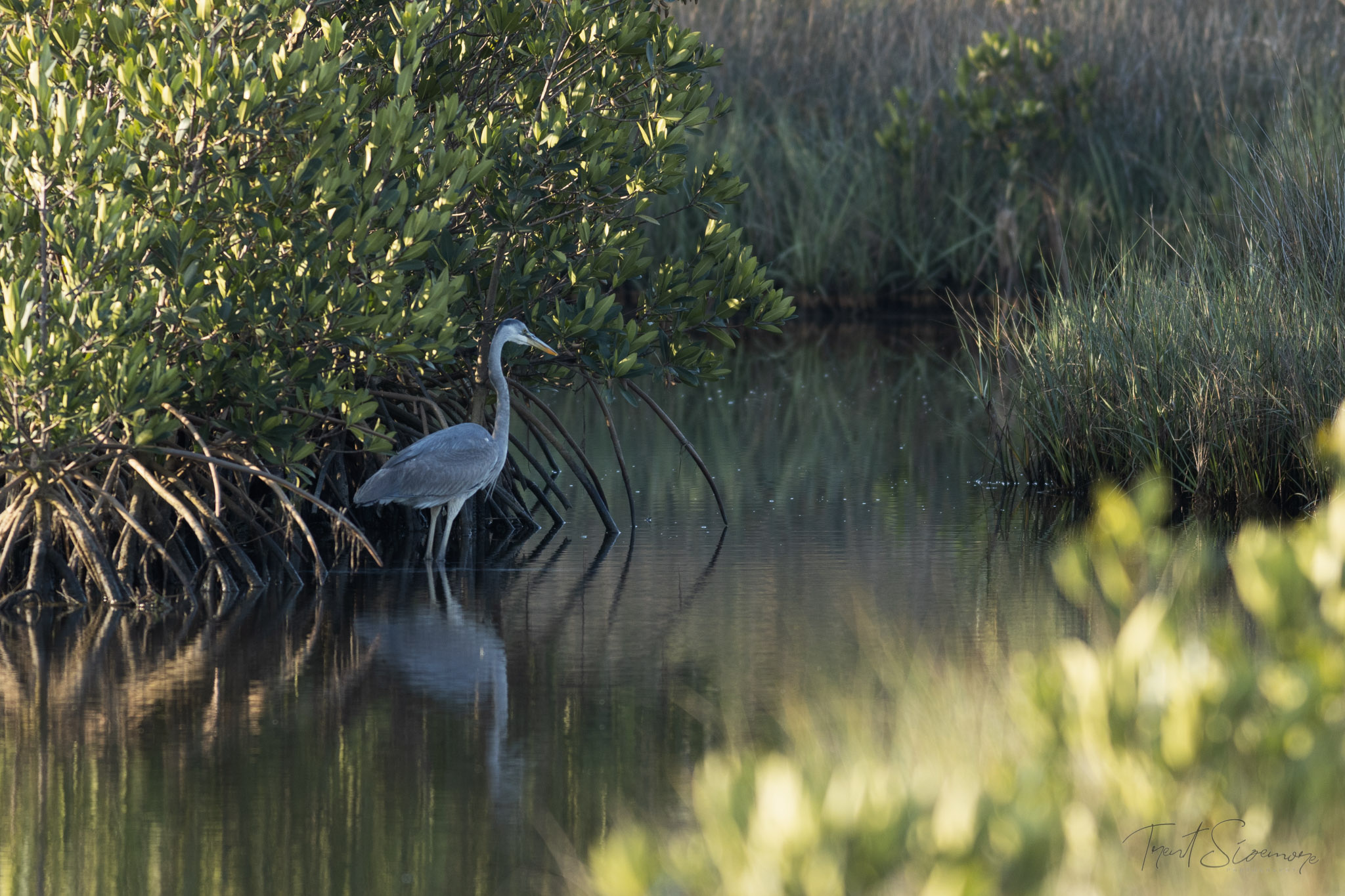
by Trent Sizemore | Apr 4, 2019 | Blog, Gear, Technique
A frequently requested topic for the blog has been how to photograph in mixed light (such as sun and shade together). One area will be bright and the other will be dark, so which do you expose for? This great blue heron below is an example of a fully shaded subject...
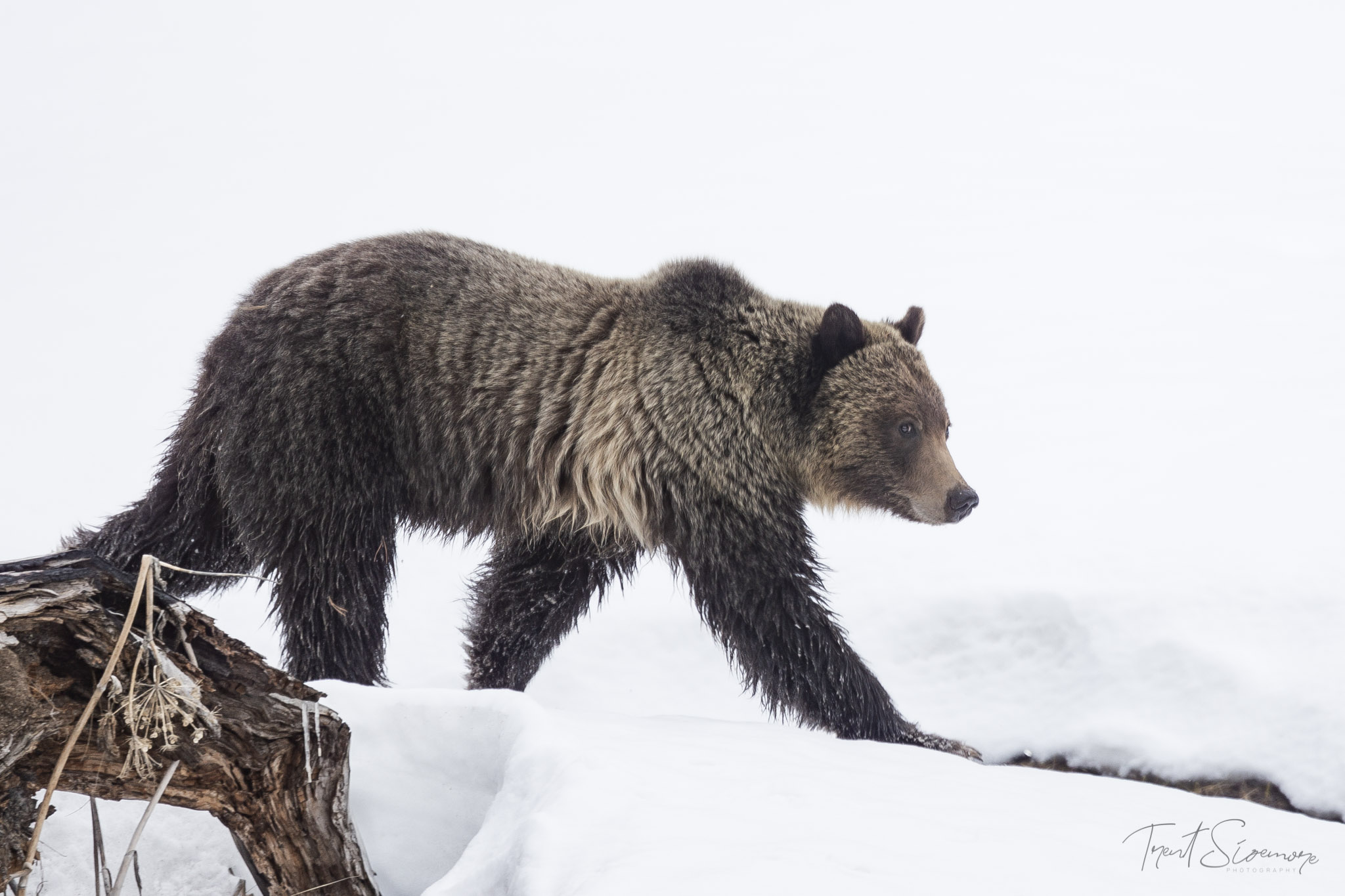
by Trent Sizemore | Jan 20, 2019 | Blog, Post Processing, Technique
If you regularly edit images on a dark background, in Lightroom or another program, you may be leaving your images too dark (or too bright). See the image below, on a black background, where the image seems to be bright enough. Because you’re referencing against...
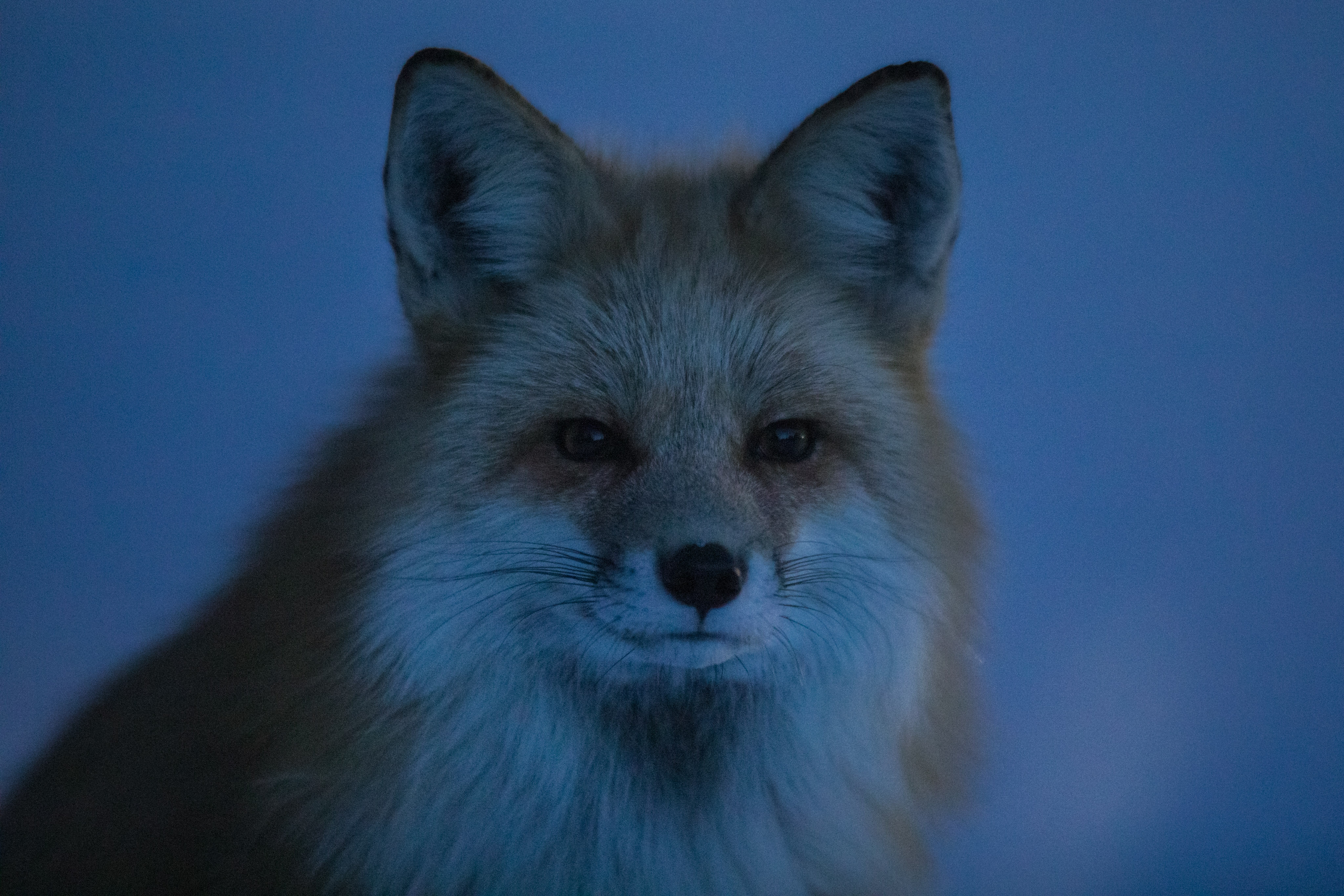
by Trent Sizemore | Jan 4, 2019 | Blog, Gear, Technique
Every evening a couple of local foxes make the rounds through the streets just outside our apartment. I’ve seen them during the day a few times, but for the most part they come out around sunset and stay active through sunrise. Photographing wildlife after...
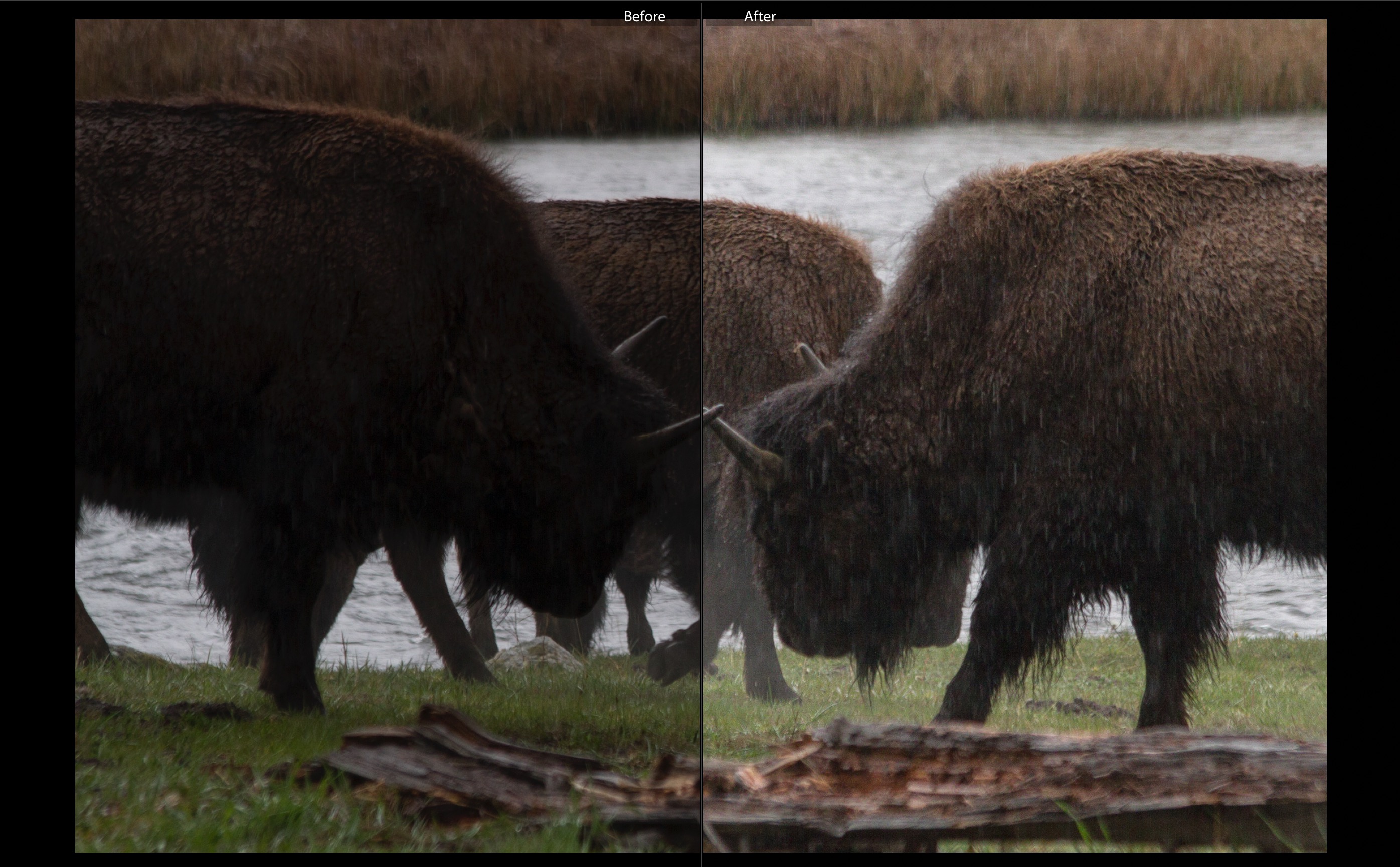
by Trent Sizemore | Oct 17, 2018 | Post Processing, Technique
When photographing scenes that are dark or high in contrast, your camera and post processing software may add more contrast than what you actually saw. This will cause the darkest areas to turn completely black with no detail. All the information is still there in...
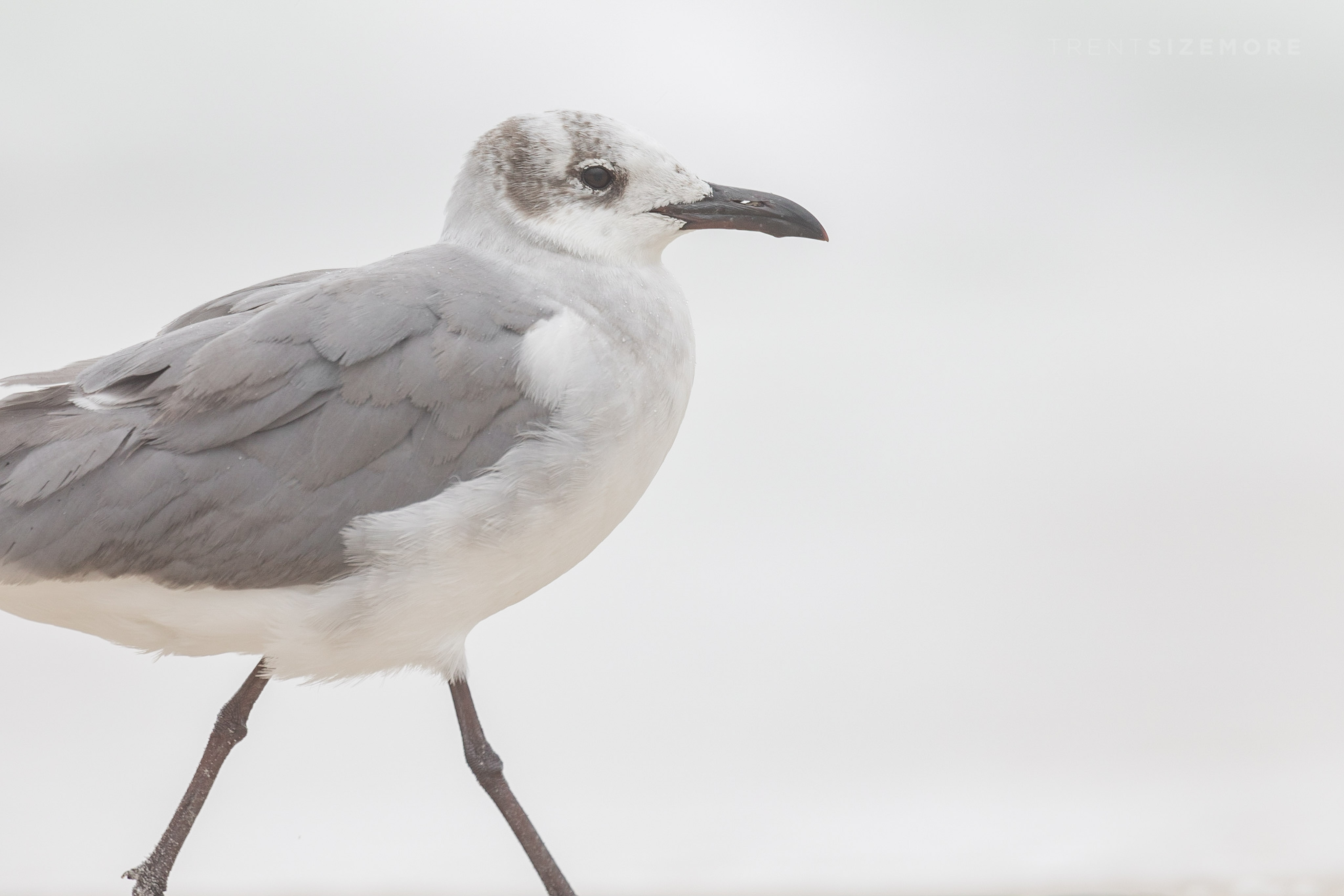
by Trent Sizemore | Sep 6, 2018 | Blog, Technique
Birds, especially birds in flight, can be some of the most difficult subjects in wildlife photography. Once you’re able to master birds in flight, you’ll have the skills necessary to photograph any other wildlife you may come across. 1. Get low This is...
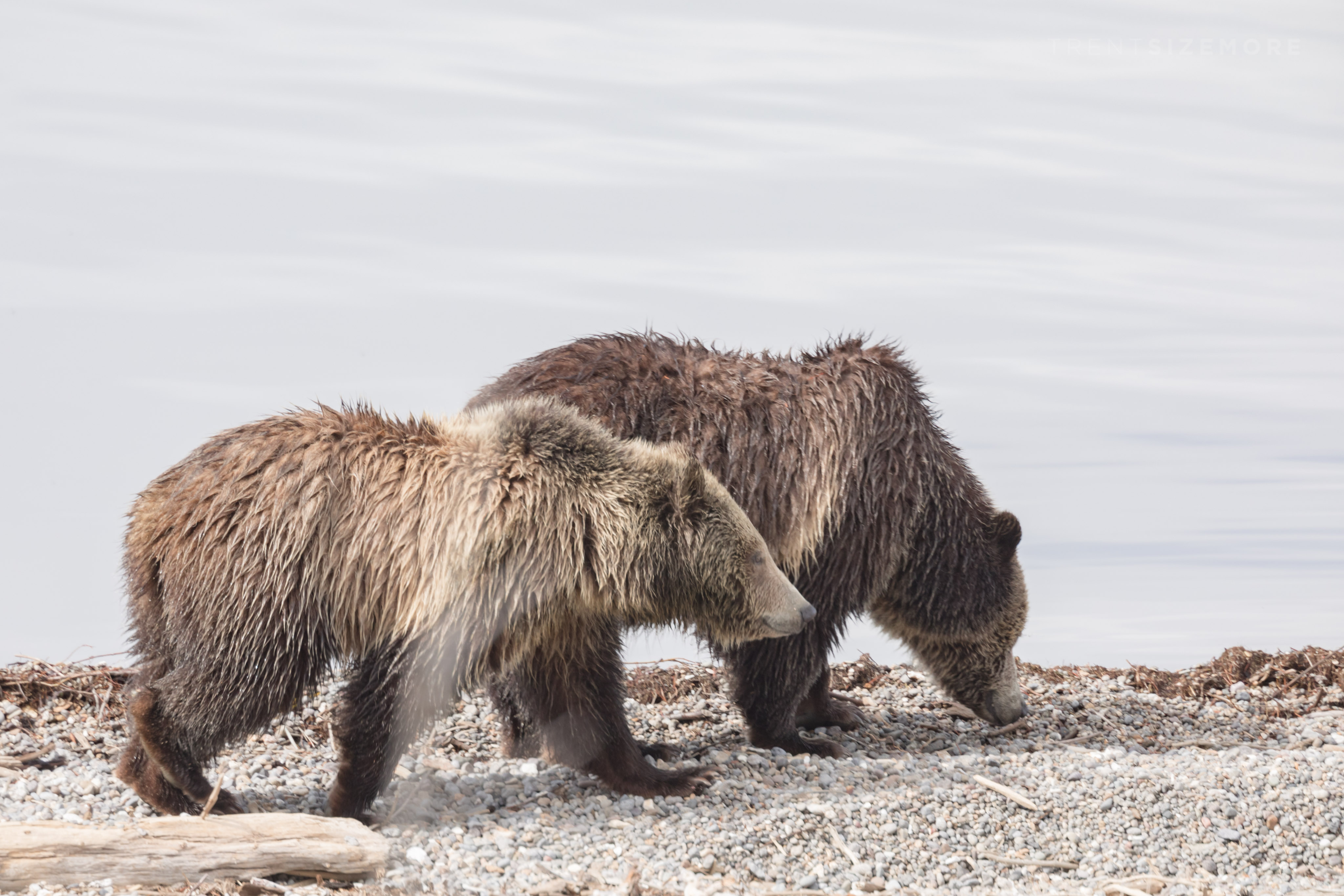
by Trent Sizemore | Jul 13, 2018 | Blog, Gear, Technique
Yellowstone is one of the most visited parks in the country, and for good reason. It’s full of unique thermal features and one of the last great destinations for an abundance of wildlife. Even if you come for the geysers and hot springs, you’ll want to...








